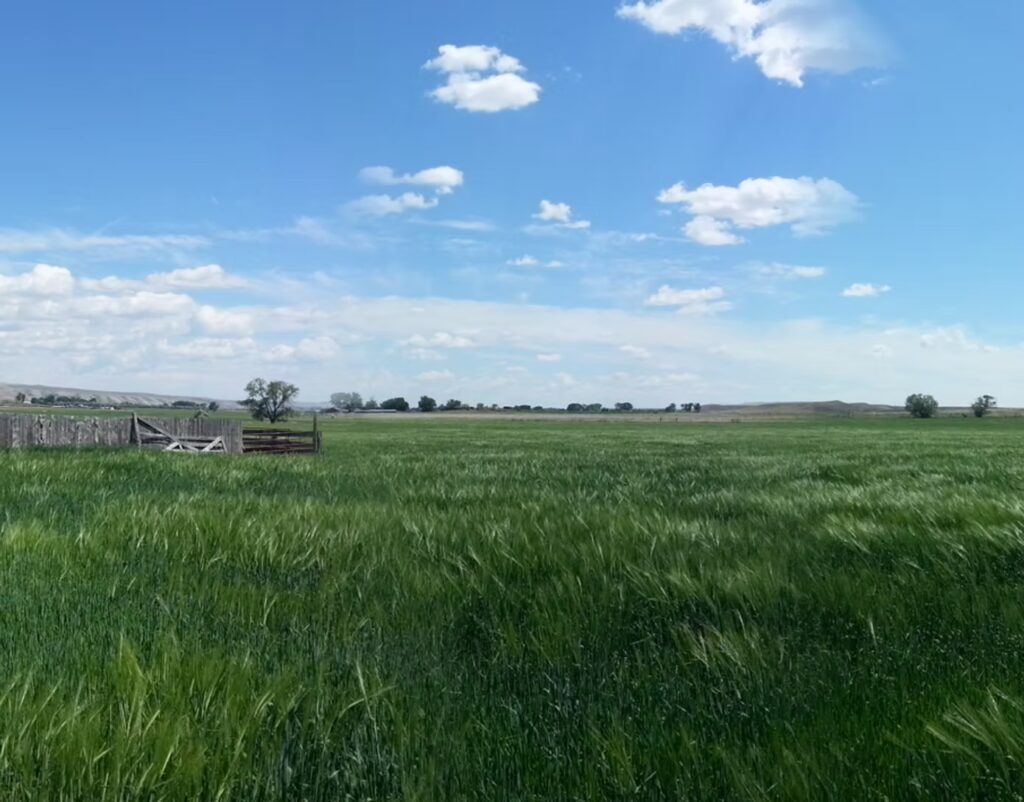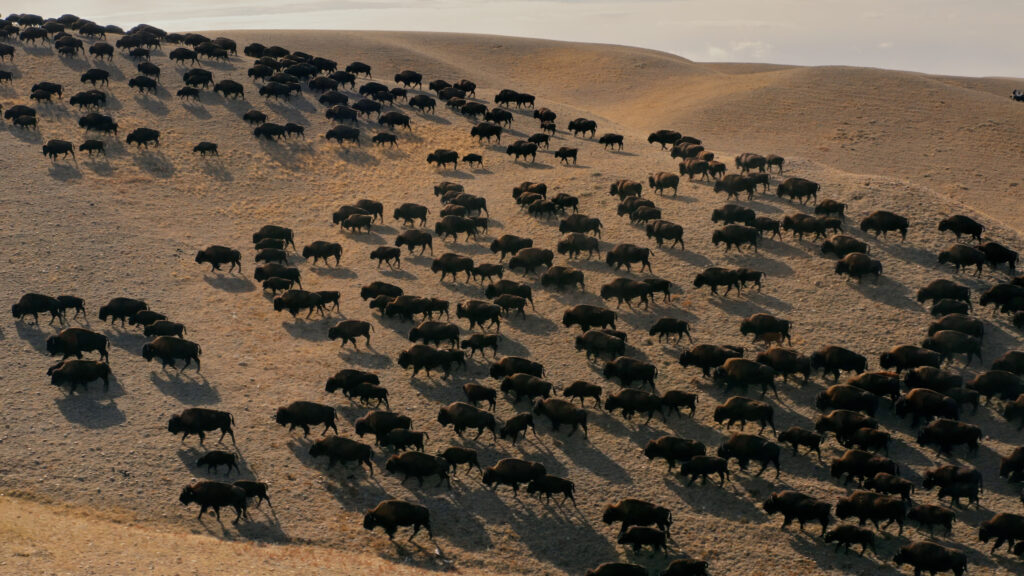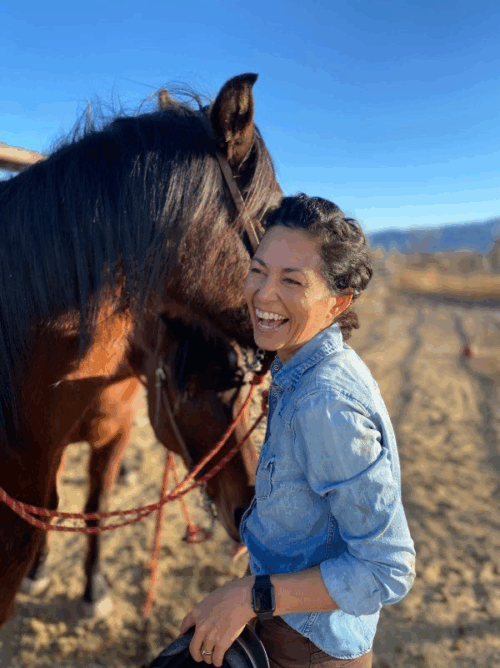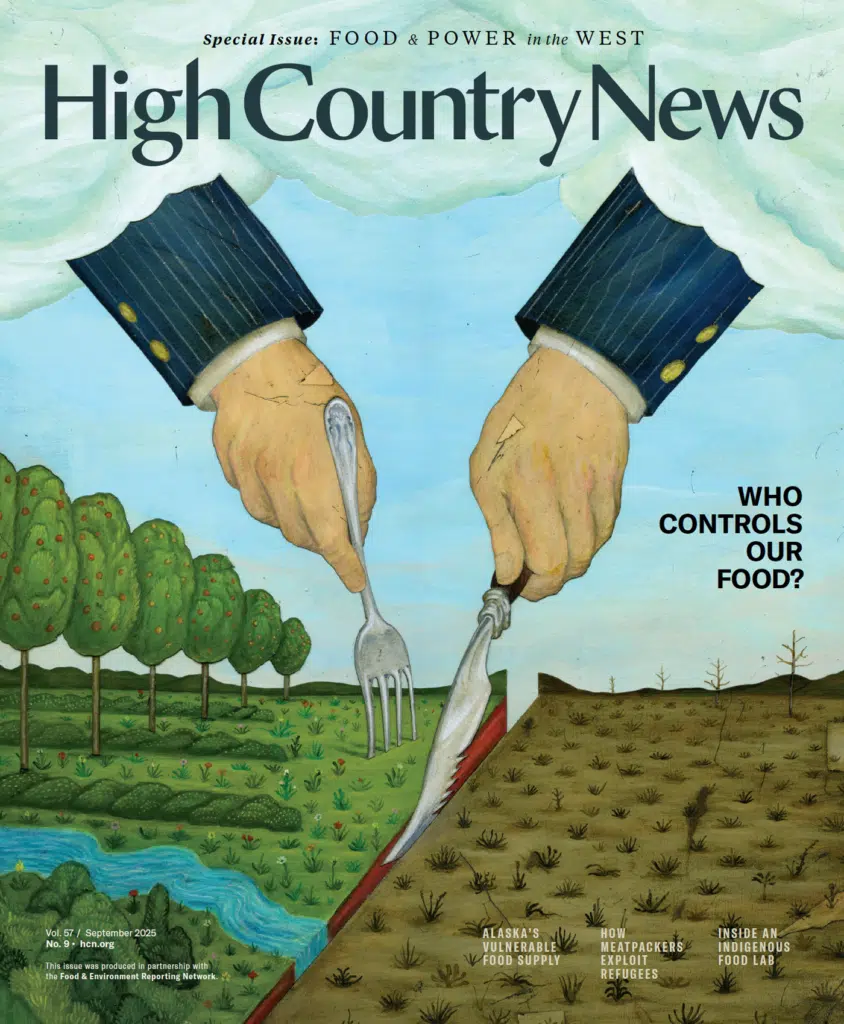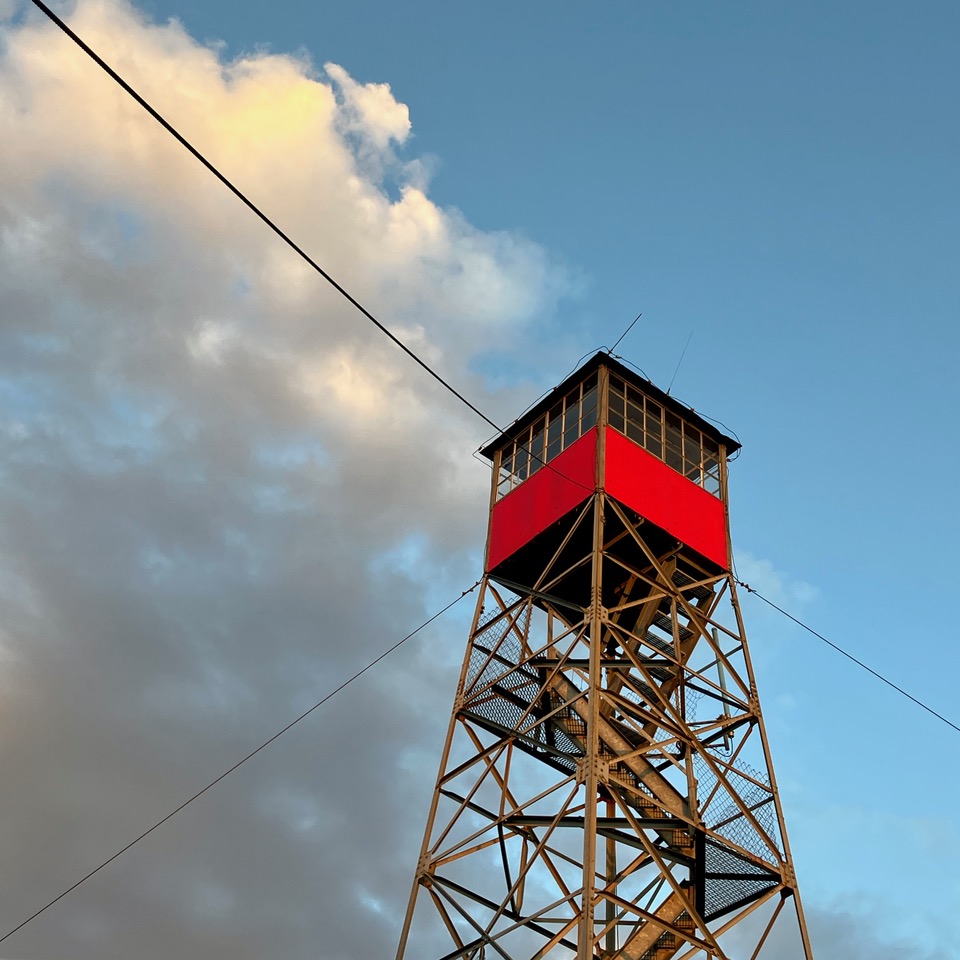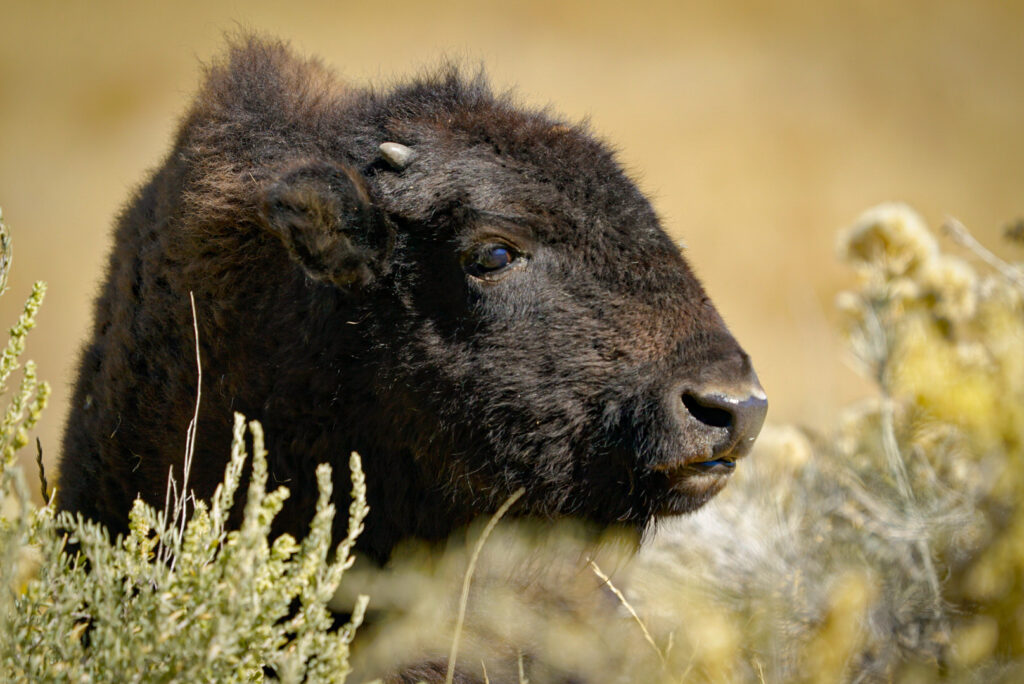Making your tax dollars work after fires and floods
Congresswoman Teresa Leger Fernandez (D-NM-3), a native of Las Vegas, NM, deeply understands the challenges and strengths of rural people in northern New Mexico. She’s been working to bring money to those whose property and livelihoods have been damaged by the recent wildfires and floods, and to build resilience––heathy soil and water practices––to provide more fire, flood, and drought resistance in the future.
But getting federal money, and then distributing it to those who need it, is not an easy task. We discuss the needs, the daunting bureaucracies, and the short and longer term goals for restoring land and protecting communities.
Fire photo from National Wildfire Coordinating Group
Show Notes:
Resources for farmers and ranchers:
Wildfire Resource Guide
USDA programs for ranchers and farmers:
In addition to FEMA programs, many other federal agencies offer aid in the wake of disasters. Many of these are through the Department of Agriculture.
• Environmental Quality Incentives Program (EQIP) Farmers, ranchers, and non-industrial private forestland owners can apply for resource assistance through the Environmental Quality Incentives Program. Eligible land includes cropland, rangeland, and non-industrial private forestland. Recovery assistance includes but is not limited to: immediate soil erosion protection, minimizing noxious and invasive plant proliferation, protecting water quality, restoring livestock infrastructure necessary for grazing management, emergency animal mortality management. For more information, click on the link above or contact your local NRCS Office.
• The FSA Emergency Forest Restoration Program provides a range of benefits to private landowners, including repairing fencing, planting trees, and road repair to restore forest health.
• The Livestock Forage Disaster Program (LFP) provides benefits for grazing losses due to wildfire. LFP benefits may also be available for loss of grazing acres due to wildfires on federally managed lands on which a producer is prohibited, by a federal agency, from grazing normally permitted livestock.
• The Livestock Indemnity Program (LIP) provides benefits to livestock producers for livestock deaths in excess of normal mortality caused by adverse weather or by attacks by animals reintroduced into the wild by the federal government.
TIMELINE
3’59 Fire and floods in the congresswoman’s district and home land
4’34 Rural Partners Network––USDA is funding three resource coordinators for four northern NM counties
7’34 rising from the ashes with federal and state resources as well as philanthropic as well as community resources
10’33 navigating bureaucracies like FEMA––what they can and cannot do
15’10 finding better funding mechanisms
17’21 building staffing and capacity for
19’50 taking sorrow and pain and turning it into action
20’24 Hermit’s Peak Fire Assistance Act and what it will do
25’00 building an on-the-ground workforce composed of local people who are certified
27’15 acequias’ leadership role in post-fire remediation and water stewardship
30’52 Searchlight NM story on vulture capitalists offering vulnerable people low prices for their land
31’56 the problem of “siloed” agencies
33’33 people can call their congressional representative. They’re there for individual people and families––they’re the “WD40” that can unstick things. (505) 428-4680
For a series of Radio Cafe interviews with Congresswoman Leger Fernandez click HERE



